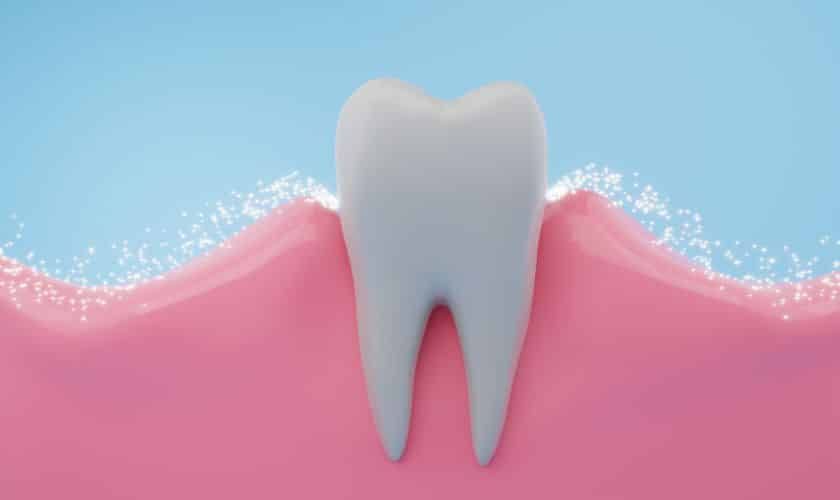Can a Dentist Save Your Broken Tooth or Is Extraction Inevitable?

A chipped tooth can be a minor annoyance, but a serious break can leave you worried about the future of your smile. Fret no more! While tooth extraction might seem like the only option, skilled dentists have a toolbox filled with techniques to try and save your broken tooth. Let’s delve into the world of broken tooth treatment and explore the chances of keeping your smile whole.
Understanding the Break:
The extent of the damage to your tooth significantly impacts the treatment approach. Here’s a breakdown of different break scenarios:
- Minor Chip: A small chip on the enamel (outer tooth layer) can often be repaired with dental bonding, a tooth-colored resin that fills the chipped area.
- Cracked Tooth: A crack extending deeper might require a crown, a custom-made cap that encases the entire tooth structure for added protection.
- Severe Break: If the crack extends to the pulp (inner tooth chamber) or the tooth is severely compromised, extraction might be necessary.
Saving Your Smile: A Dentist’s Arsenal
Here are some techniques dentists can employ to save your broken tooth:
- Dental Bonding: For minor chips, bonding offers a quick and minimally invasive solution to restore the tooth’s appearance.
- Dental Fillings: For deeper cracks that haven’t reached the pulp, fillings can restore the tooth’s structure and functionality.
- Root Canals: If the crack exposes the pulp and the tooth becomes infected, a root canal removes the infected tissue, allowing the tooth to be saved with a filling or crown.
- Dental Crowns: Crowns are versatile tools, that provide structural support and protection for cracked or weakened teeth.
Factors Affecting Treatment Options:
Several factors influence whether your dentist can save your broken tooth:
- Severity of the Break: The deeper the crack and the more tooth structure compromised, the less likely it is to be salvageable.
- Infection: If the pulp becomes infected due to the break, a root canal might be needed to save the tooth.
- Overall Tooth Health: The general health of the tooth and surrounding bone will also play a role in the treatment decision.
The Importance of Early Intervention:
The sooner you seek dental care after a broken tooth, the better the chances of successful treatment. Early intervention allows your dentist to assess the damage and take steps to prevent further complications and potentially save your tooth.
When Extraction Becomes Necessary:
While saving your natural tooth is always the preferable option, there are situations where extraction becomes necessary:
- Severely Cracked Tooth: If the crack compromises too much tooth structure, extraction might be the only way to prevent further damage or infection.
- Extensive Decay: If the tooth is severely decayed in addition to being broken, extraction might be the best course of action.
- Loose Tooth:
If the break loosens the tooth significantly, extraction might be the only option.
The Road to a Repaired Smile:
If your dentist can save your broken tooth, they will discuss the recommended treatment plan and answer any questions you might have. Following their instructions and maintaining good oral hygiene will be crucial for the long-term success of the treatment.
A Final Note: Communication is Key
If you have a broken tooth, don’t hesitate to schedule an appointment with your dentist. Early diagnosis and a clear understanding of your options will empower you to make informed decisions about your oral health and the future of your smile.

